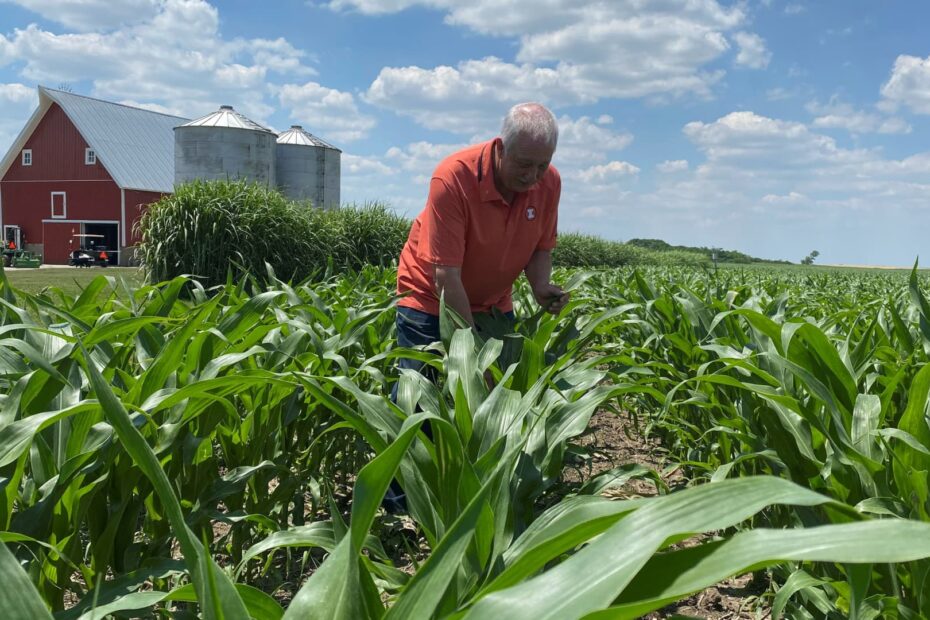Corn prices have surged to a three-month high as concerns over global crop weather woes continue to drive up prices for key agricultural commodities like soy and wheat. The rise in prices comes as severe weather events, such as droughts and floods, have been wreaking havoc on crop yields in major producing regions around the world.
In the United States, the world’s largest producer of corn and soybeans, the Midwest has been hit hard by excessive rainfall, which has delayed planting and damaged crops. This has led to a decrease in yield expectations for this year’s harvest, causing prices to spike. In addition, dry conditions in parts of the Plains have also raised concerns about wheat production, further fueling the rally in prices.
Meanwhile, in South America, Argentina, one of the world’s top soybean exporters, has been experiencing dry weather, which has hampered crop development and raised fears of a smaller harvest. Brazil, another major soybean producer, has also been grappling with adverse weather conditions that could impact its crop yields.
The impact of these weather-related challenges has been felt on the global stage, with food prices rising and concerns mounting over potential shortages. This has prompted investors to flock to agricultural commodities as a hedge against supply disruptions, further driving up prices.
While the surge in prices may benefit farmers who are able to capitalize on higher selling prices, it poses a challenge for consumers who may face higher food costs as a result. Additionally, the volatility in commodity markets can also create uncertainty for businesses that rely on these raw materials for their products.
As the situation continues to evolve, it remains to be seen how global crop weather woes will ultimately impact food prices and supply chains. In the meantime, market participants will be closely monitoring developments in key producing regions to gauge the potential impact on crop yields and prices in the coming months.
